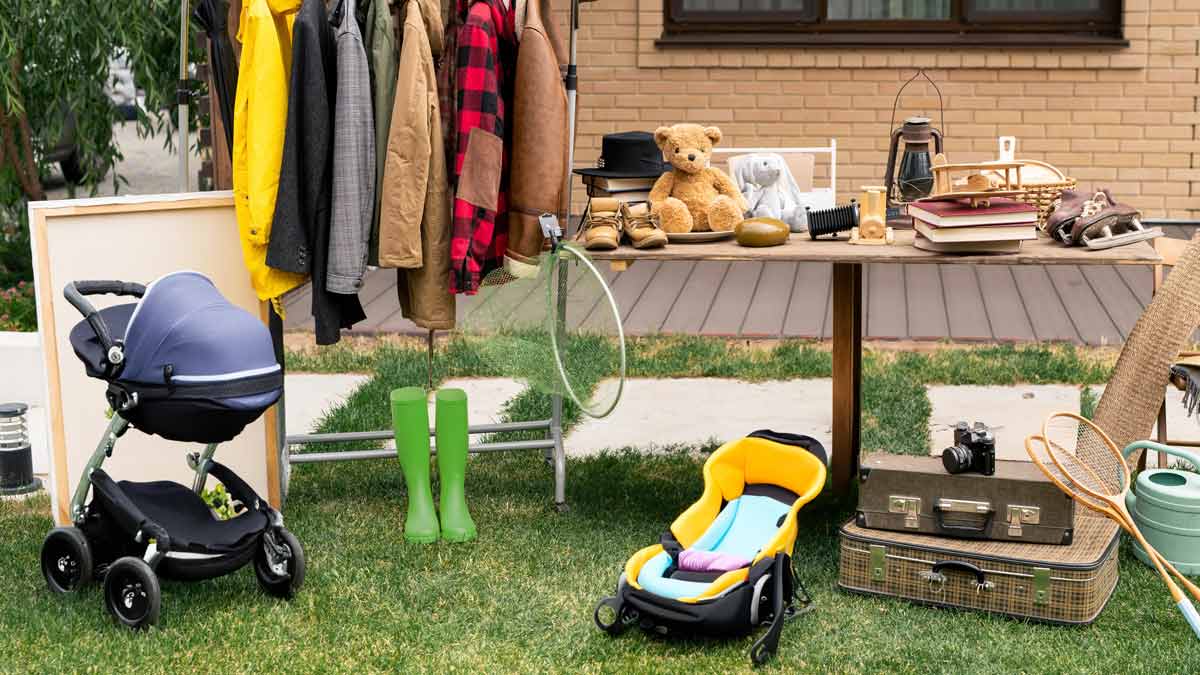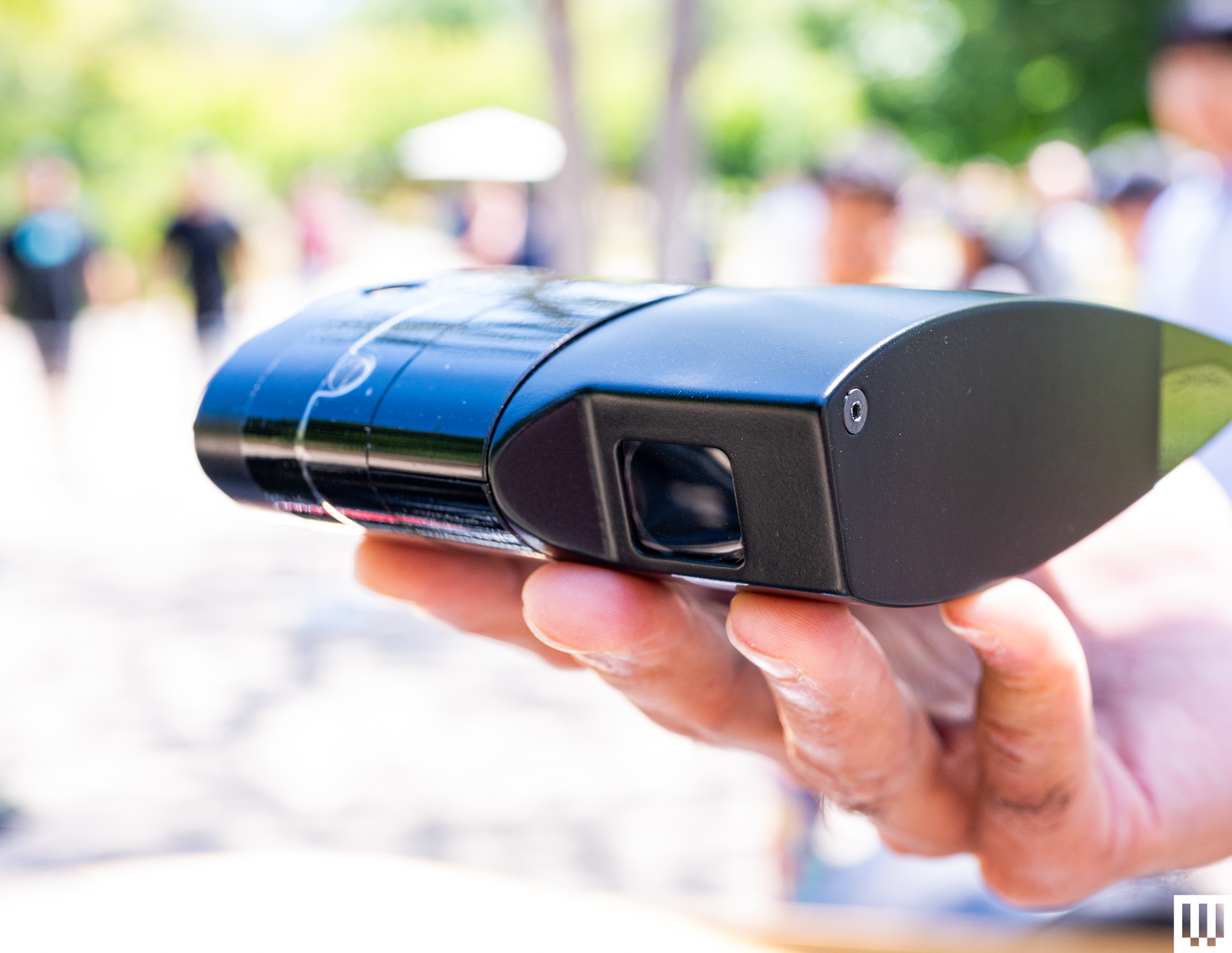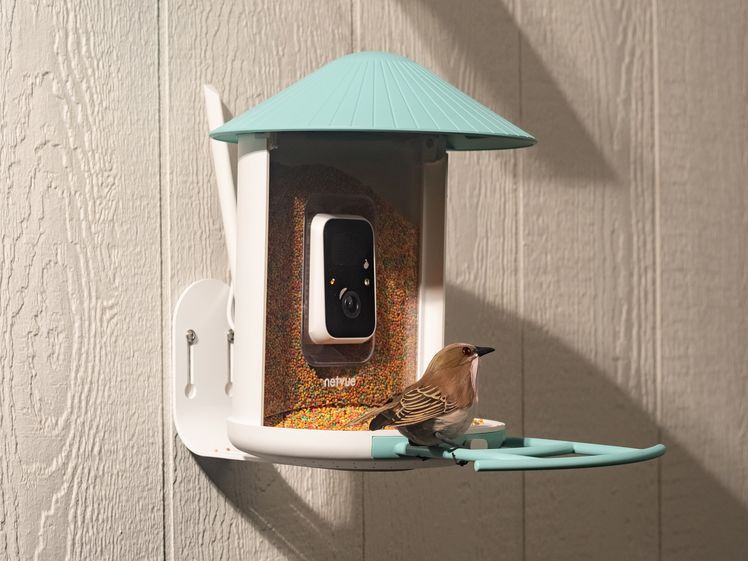
While all car seats must pass minimum federal safety standards, some may provide additional margins of crash protection, and some are easier to install than others. That’s crucial, because a poorly installed car seat leaves a child vulnerable in a crash.
“Those reasons, along with continuous ease-of-use and safety improvements, make a strong case for investing in a new, top-performing car seat,” says Emily A. Thomas, PhD, associate director of auto safety at Consumer Reports.
The lifespan for most car seats is just six to 10 years, because parts can degrade or wear out, meaning that an older car seat won’t provide the same level of protection as a newer model. If the expiration date is not on the manufacturing label, you can check the car seat owner’s manual and do the math based on the date of manufacture.
If you’re buying or inheriting a secondhand car seat, use our interactive decision chart to find out whether the seat is safe to reuse. In addition to the seat’s expiration date—which ensures that the seat hasn’t become too worn—you’ll also want to check whether the car seat has been involved in a crash, which could weaken the seat’s structural integrity beyond what you can see.
Should you end up with a car seat that’s not safe to reuse, don’t haul it to the curb or town dump—it might tempt strangers to use it for their baby. Instead, strip the car seat to its shell, removing fabrics, harnesses, and buckles. Then mark “Do Not Use” on it, and check with your local authorities to find out whether any components can be recycled before you dispose of the car seat. Target offers a semiannual car seat recycling program where you can deposit your old car seat and receive a coupon for a discount on a new baby gear item.









